In Nepal, collective action helps improve farmers’ incomes
Littri Gaun is a characteristic remote, hilly village in Dadeldhura district of Nepal. Relatively low agricultural yields, soil erosion and labor out-migration are major challenges for monsoon-dependent agriculture in this region. During the kharif season, farmers mostly grow the dominant staple crops – unbunded upland rice and maize. Some farmers also practice maize-soybean mixed cropping because soybean fetches a good price in the market. Finger millet is also grown for home consumption in some areas during kharif.
Farmers in Littri Gaun believe that chemical fertilizer can destroy soil, and use only farmyard manure and plant litter to enrich their soil. Low nutrient levels — particularly for Nitrogen – have led to consistently low crop productivity. Moreover, farmers grow traditional local varieties for which seeds may have been saved for several years, as seed replacement rates are low. With men migrating outside for work, women are left responsible for the agricultural production, as well as household duties, resulting in high levels of drudgery for women and high labor constraints during peak agricultural times.
CIMMYT led Cereal Systems Initiative for South Asia in Nepal (CSISA-NP) began working with farmers in Littri Gaun in 2012 and facilitated farmers in the village to form a group called “Ugratara Agriculture Group.” CSISA works with Ugratara to introduce new, suitable crop varieties, better-bet agronomic practices and small-scale machinery that women can use.
CSISA and Ugratara have conducted several maize trials to screen and grow different registered hybrids, to evaluate different crop establishment methods and to experiment with different methods of fertilizer management. Trials showed that hybrid maize yields were more than double to those of the local varieties under the same management conditions. With hybrids, Ugratara has even harvested up to three times the yield of the local maize varieties. Among the genotypes tested, group members preferred Kanchan-101 (hybrid) because of the high and early yields. Trials also showed that the local maize variety produced higher yields when fertilizer was applied, demonstrating the importance of good nutrient management.
 During a farmers’ field day, Ugratara group members expressed that improved varieties like the maize variety Kanchan 101 (hybrid), introduced by CSISA, are more productive than their local maize. Ugratara group member, Naresh Khadka said, “We are producing more than double using the hybrid Kanchan-101 and it’s ready early than the local variety.” For upland rice, trials also showed that the appropriate use of chemical fertilizers nearly doubled yields of local rice varieties and that chemical fertilizer increased yields over those achieved through the application of farmyard manure.
During a farmers’ field day, Ugratara group members expressed that improved varieties like the maize variety Kanchan 101 (hybrid), introduced by CSISA, are more productive than their local maize. Ugratara group member, Naresh Khadka said, “We are producing more than double using the hybrid Kanchan-101 and it’s ready early than the local variety.” For upland rice, trials also showed that the appropriate use of chemical fertilizers nearly doubled yields of local rice varieties and that chemical fertilizer increased yields over those achieved through the application of farmyard manure.
CSISA also introduced improved varieties of lentil, which has increased the number of farmers producing lentil, lentil yields, and household lentil consumption. Farmers have also been able to sell their surplus lentil production in the market for NRs. 150/kg. “After seeing the benefits of improved lentil variety, more farmers are now expanding their area under lentil cultivation,” said Khadka.
Finally, CSISA introduced small machines like the mini tiller and the jab planter, which helped women to prepare and cultivate land, making them more self-sufficient, saving their time and helping them to adapt better to labor shortages. Women in Littri Gaun are not allowed to plough land with bullocks, as it is considered to be men’s work. Saru Khadka, a lady member of Ugratara group, said, “By using minitiller for preparing our fields, we don’t have to depend on men for labor and bullocks.” Participation in Ugratara has helped the group’s women members to feel empowered. Khadka acknowledged that women in Ugratara have learned to confidently express their views and problems to relevant authorities and they feel more capable and assertive now.
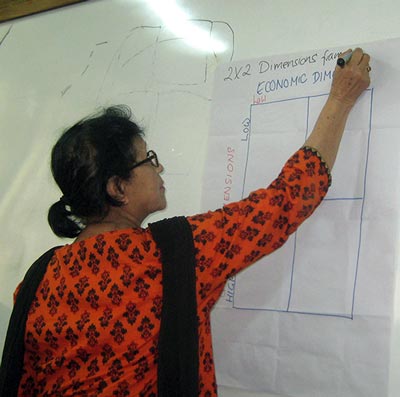
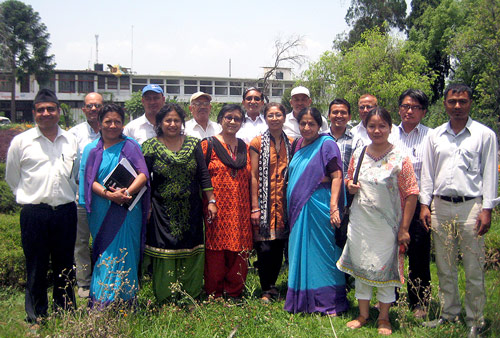
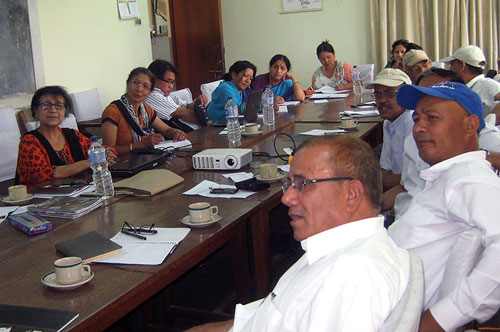
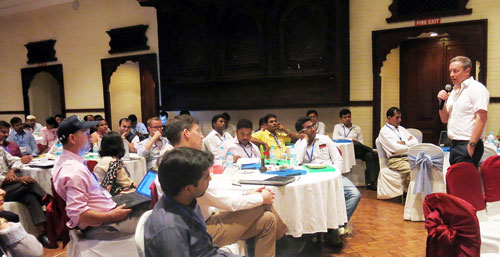



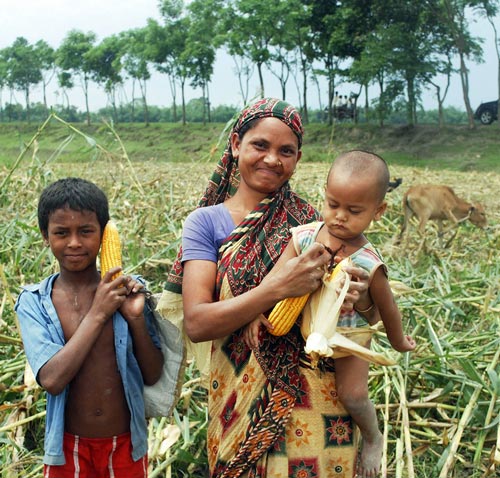
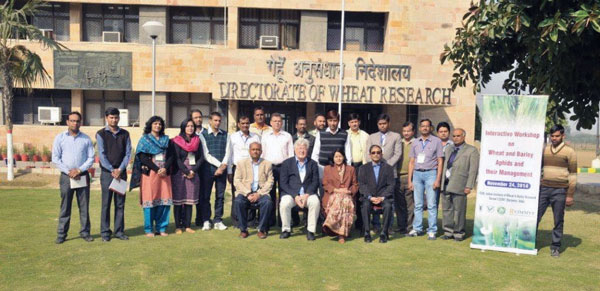
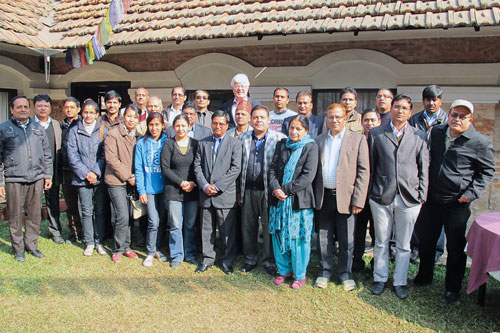

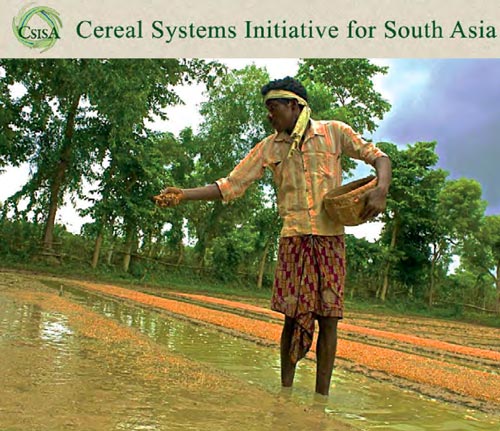 In India, CSISA seeks to increase crop yields through the provision of more accurate, location-specific fertilizer recommendations to maize and rice farmers with the “Crop Manager” decision-making tool. The web-based and mobile Android application uses information provided by farmers including field location, planting method, seed variety, typical yields and method of harvesting to create a personalized fertilizer application recommendation at critical crop growth stages to increase yield and profit.
In India, CSISA seeks to increase crop yields through the provision of more accurate, location-specific fertilizer recommendations to maize and rice farmers with the “Crop Manager” decision-making tool. The web-based and mobile Android application uses information provided by farmers including field location, planting method, seed variety, typical yields and method of harvesting to create a personalized fertilizer application recommendation at critical crop growth stages to increase yield and profit.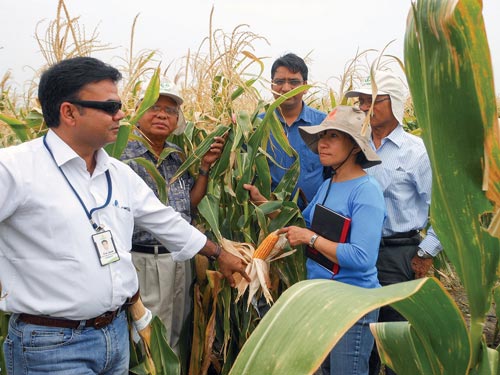
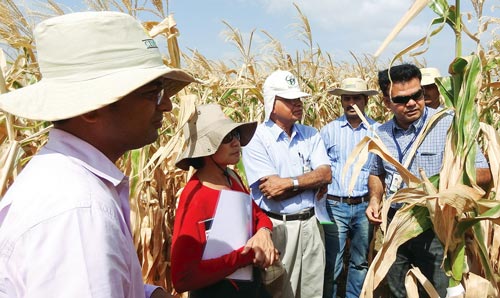
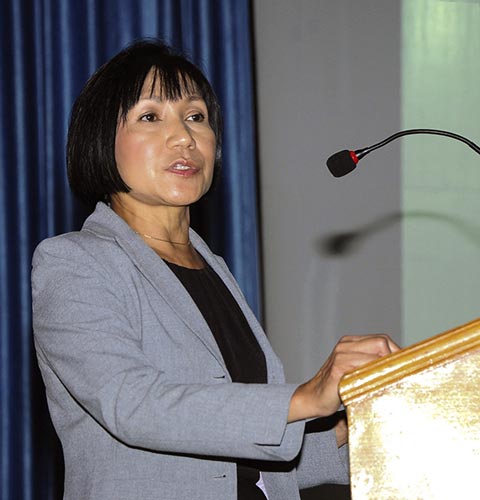
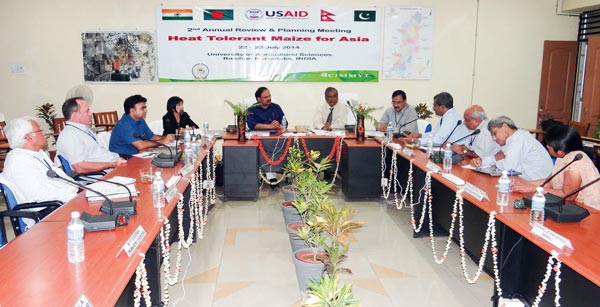
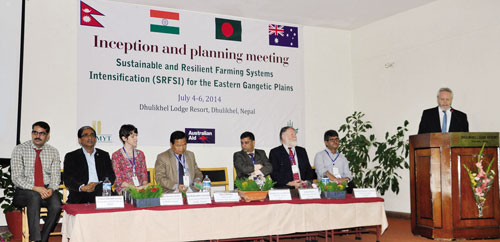
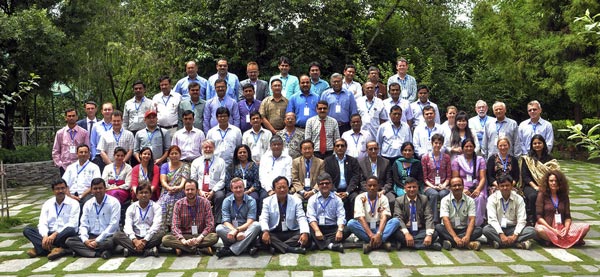 “This program will allow farmers to test a range of innovations to help them boost food production, including conservation agriculture and efficient use of water resources, while strengthening their ability to adapt and link to markets and support services,” White said. “Our aim is to enable at least 130,000 farmers to adopt these technologies within the next 10 years.”
“This program will allow farmers to test a range of innovations to help them boost food production, including conservation agriculture and efficient use of water resources, while strengthening their ability to adapt and link to markets and support services,” White said. “Our aim is to enable at least 130,000 farmers to adopt these technologies within the next 10 years.”